Companies would like you to believe that a smartphone camera can replace DSLRs. But let's be honest here, they can't. The small sensors and lenses are really no match for a full fledged DSLR, and anyone who wants to be a pro photographer in future will need to get a handle on DSLRs.
To start with, what you need is an entry-level DSLR. It'll not break the bank and it's perfect for training yourself with the myriad buttons, modes and photography techniques.
If you are thinking about a mirrorless camera, then you might want to read this: Mirrorless vs DSLR cameras: 10 key differences. Or, if you're not sure what kind of camera you need at all, then read our easy-to-follow guide to camera types: What camera should I buy?
DSLR bundles
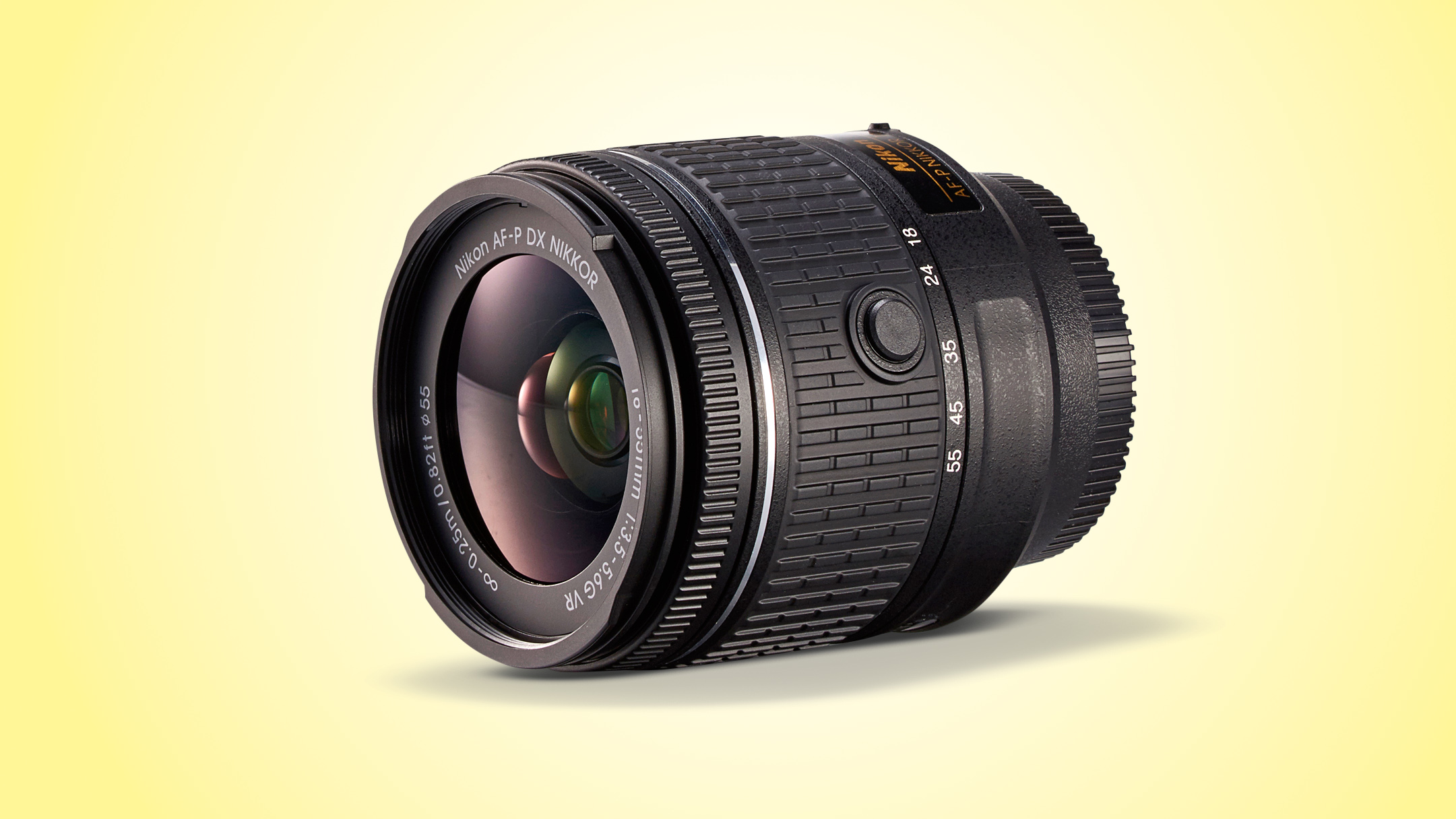
The key advantage of DSLRs is that you can customise your own kit. For example, you can use wide-angle and telephoto zoom lenses, a flashgun etc.
Canon and Nikon offer the largest collections of DSLR lenses, but Pentax and Sony also offer decent ranges. Brands like Sigma, Tamron and Tokina are selling quality lenses at reasonable prices.
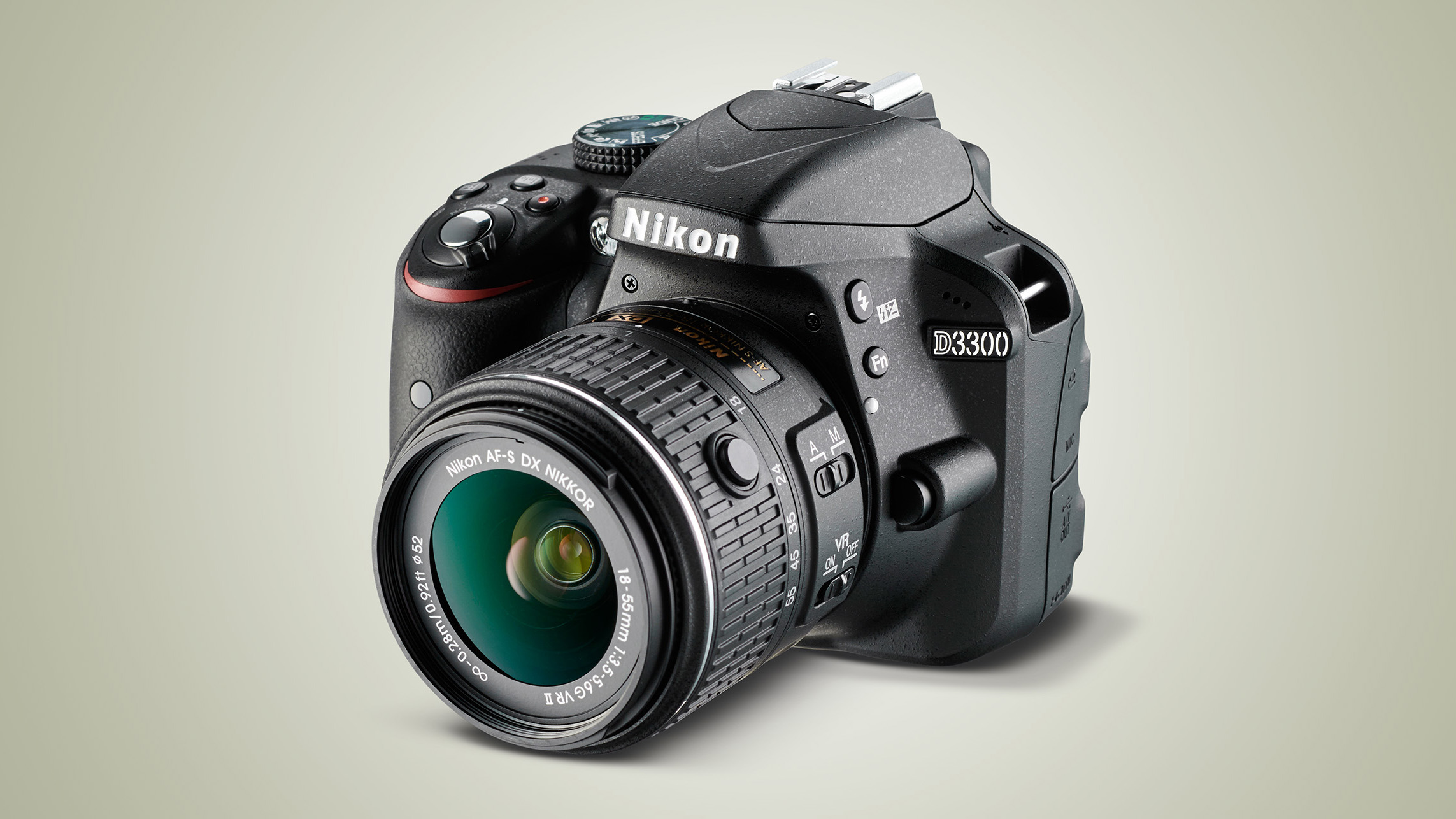
Nikon's D3400 is an upgrade to this, but the D3300 is still our top pick. Why? Unless you want improved connectivity, the D3300 is identical to the D3400 and is just a bit cheaper. The 24.2MP sensor resolves produces good details and removes the anti-aliasing filter to maximise image sharpness. It's also easy to use and has a Guide Mode that explains features in real-time. Also, the collapsible 18-55mm lens is great when you're on the go.
It doesn't have a touchscreen display, but entry-level users may not care about that.
Read the full review: Nikon D3300

Canon almost always has a competitor for any Nikon camera on the market. The EOS Rebel T6i (Called the EOS 750D in India) may have just been superseded by the EOS Rebel T7i / 800D, but due to the fairly hefty price difference, the older model seems like a better choice. Featuring a 24.2MP sensor that delivers stunning image quality, there's a solid AF system, built-in Wi-Fi with NFC pairing and a touch-sensitive screen that's a joy to use.
Read the full review: Canon EOS Rebel T6i / Canon EOS 750D

Nikon's D3400 is almost identical to the D3300 in terms of specifications, but adds Nikon's SnapBridge Bluetooth connectivity to transfer images directly to your smart device. The D3400 is a very good entry-level DSLR, with a range of features that would appeal to new users. If you opt for this over the D3300, you won't be disappointed.
Read the full review: Nikon D3400
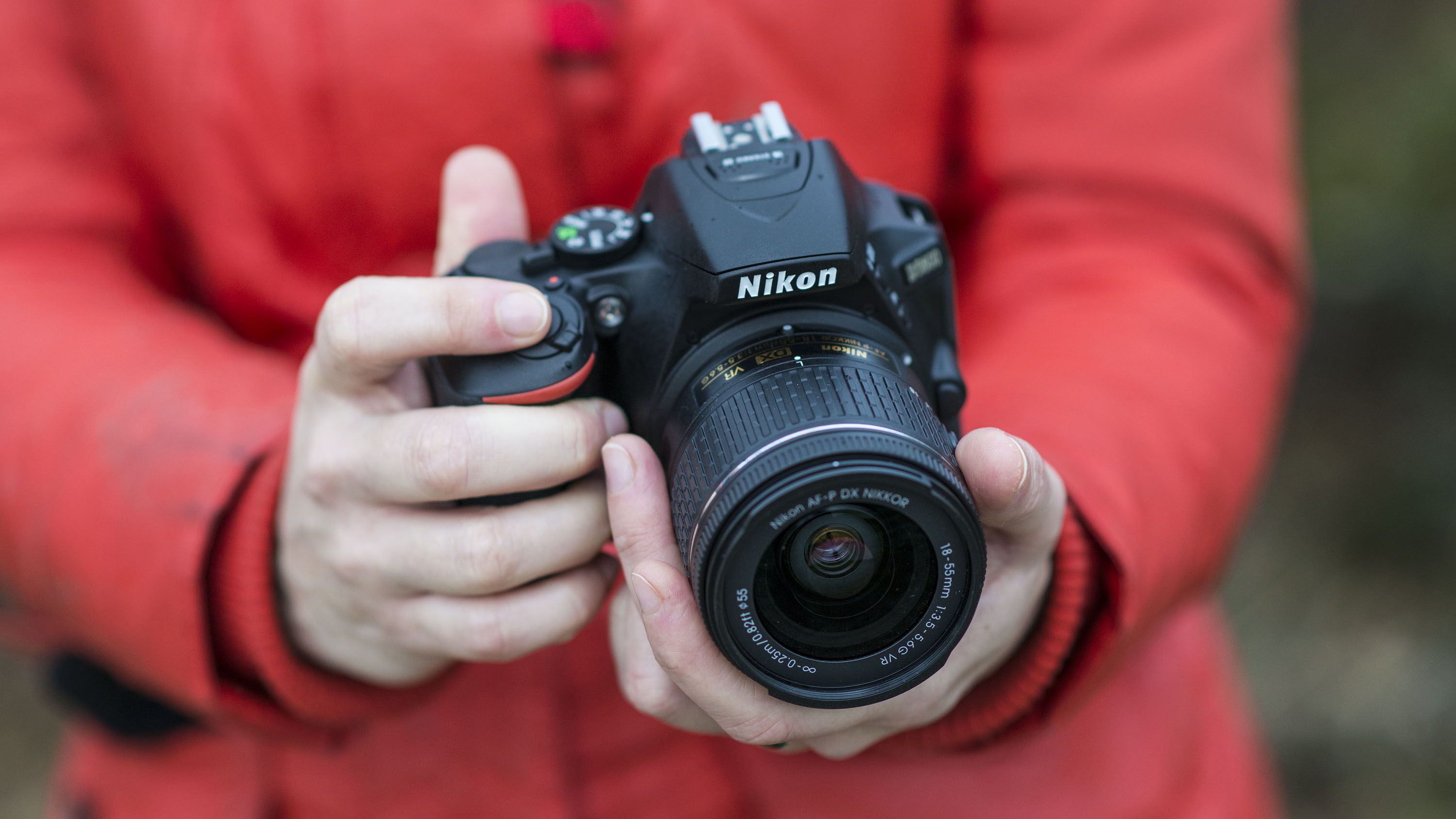
The D5600 is an upgrade to the D5500 and competes directly with Canon's EOS Rebel T7i / EOS 800D at the upper end of the entry-level DSLR market. Where Nikon's D3000-series cameras are designed as cost-effective introductory DSLRs, the D5000-series allows more creativity. The D5600 sports a large 3.2-inch variable angle touchscreen, and while the live view focusing speed could be quicker, the 39-point AF does an excellent job. There isn't much wrong with the D5600's 24.2MP sensor either, delivering excellent results, while the logical control layout of the D5600 makes it easy to use.
Read the full review: Nikon D5600
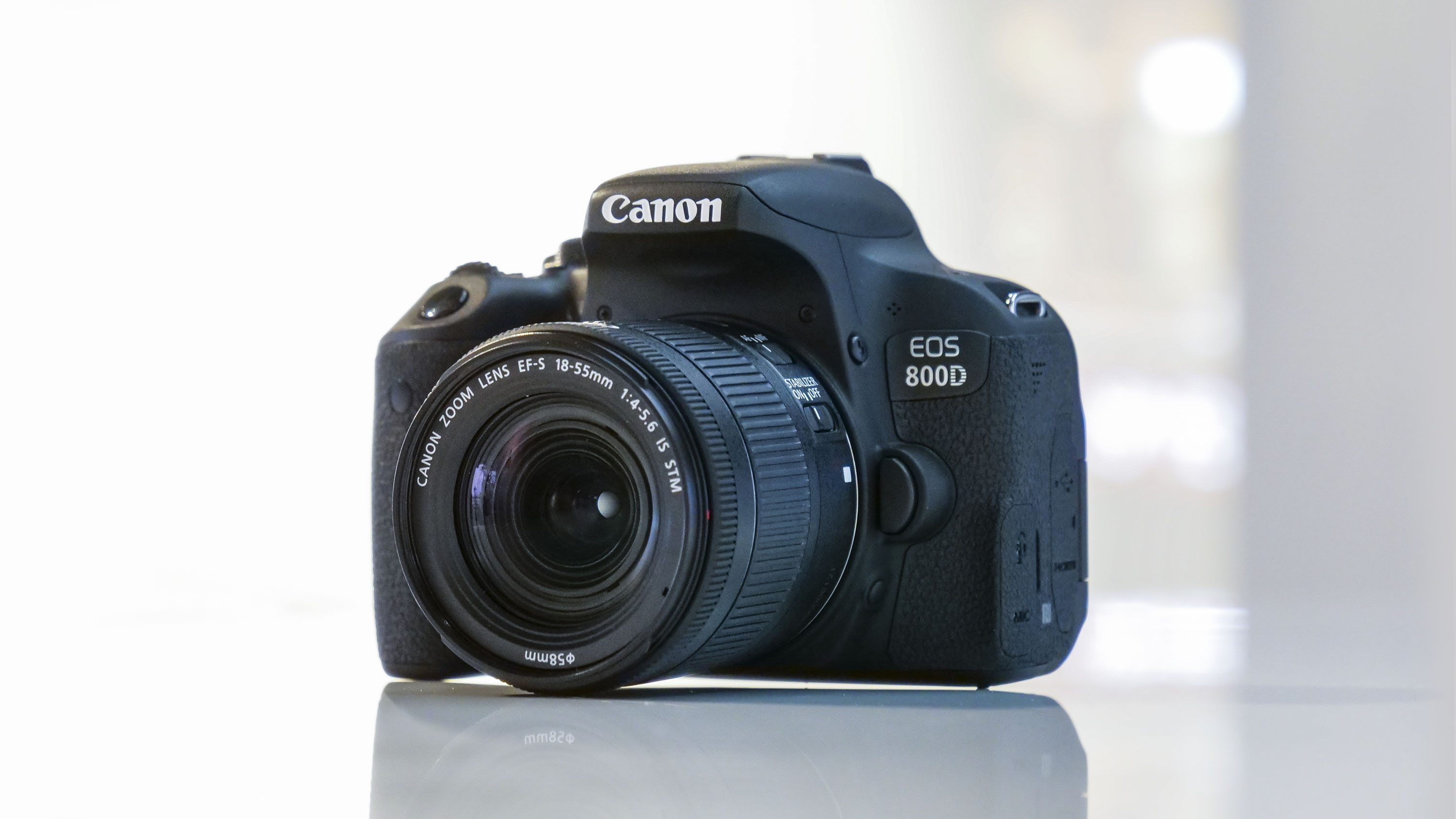
The EOS Rebel T7i (known as the EOS 800D outside) is an update to the EOS Rebel T6i / 750D. The resolution stays the same, but it's a new design with improved high ISO performance. You get better autofocus with the 45-point arrangement that's backed up by excellent live view AF, while the newly designed graphical interface will certainly make this camera even more appealing to new users. The absence of 4K video and build quality are slightly disappointing, and the price may not agree with many. Until this drops (which it will), get the T6i / 750D and buy a lens with the money you save.
Read the full review: Canon EOS Rebel T7i / Canon EOS 800D
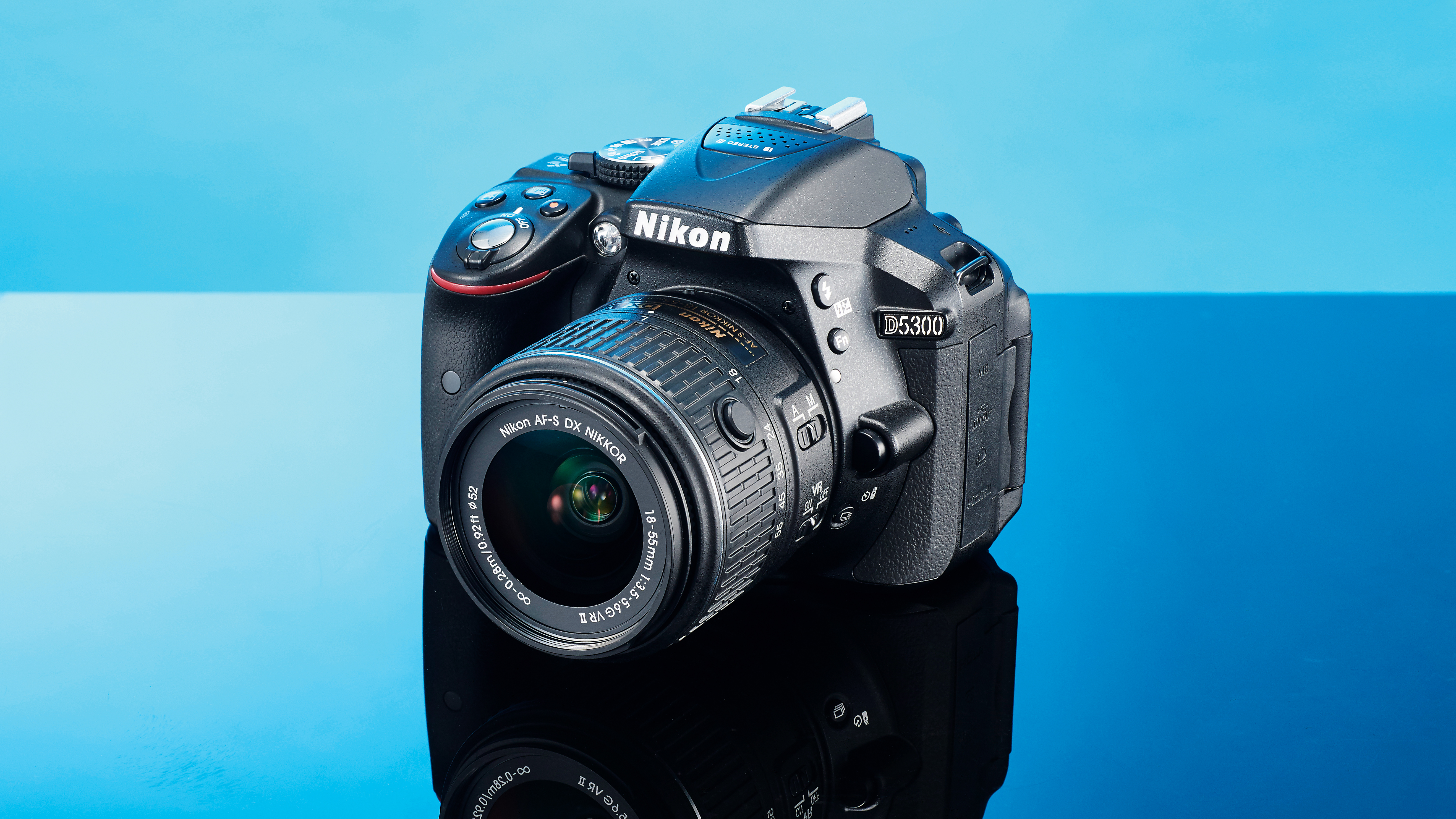
The D5300 was around for little more than a year before the D5500 replaced it. It shares the same 24.2MP sensor with maximum ISO of 25,600, whilst the D5300's EXPEED 4 image processor and 39-point autofocus system have also been carried over to its replacement. The D5300 doesn't sport fancy touchscreen controls, but you do get GPS instead. The D5300's 600-shot battery life has since been beaten by the D5500. But it'll still outlast a Canon T6i / 750D. All in all, it may not be the latest entry-level DSLR, but the D5300 is still a smart buy.
Read the full review: Nikon D5300
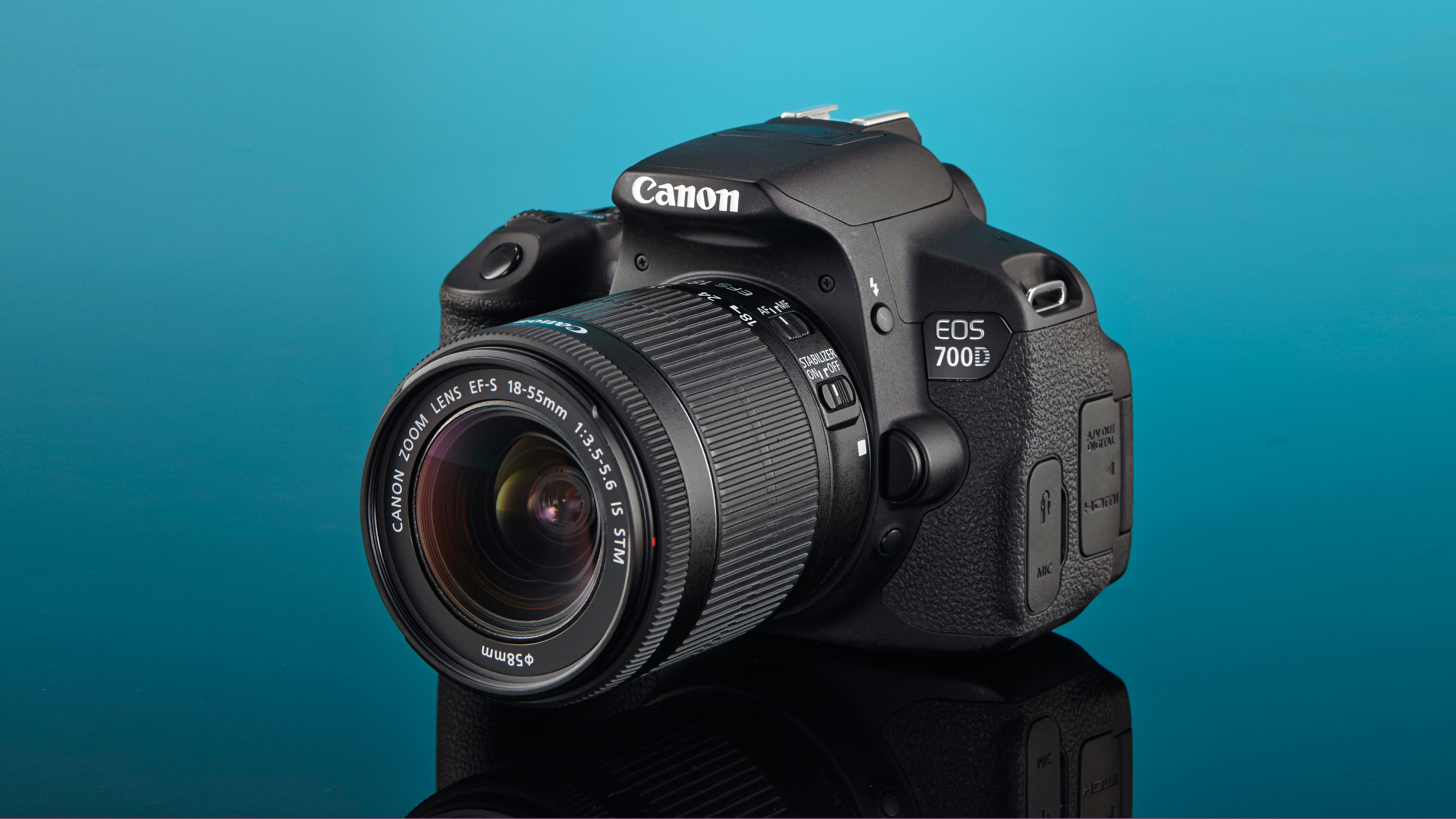
Stick the EOS Rebel T5i / 700D next to the T6i / 750D and you'll struggle to tell them apart. The new camera inherits the T5i's excellent ergonomics and class-leading touch-sensitive screen. Even the good old button controls are more comprehensive than on Nikon's offerings, making the T5i intuitive to use, regardless of your ability. However, the T5i's sensor can trace its roots back to the T2i released in 2010 and it's now outclassed in terms of noise suppression and dynamic range. The 9-point autofocus system is dated and you don't get Wi-Fi connectivity. The T5i's slashed price does make it tempting, but the T6i is a more future-proof choice. Now we've got the new EOS Rebel T7i / EOS 800D, expect to see this start to disappear from shop shelves soon.
Read the full review: Canon EOS Rebel T5i / Canon EOS 700D
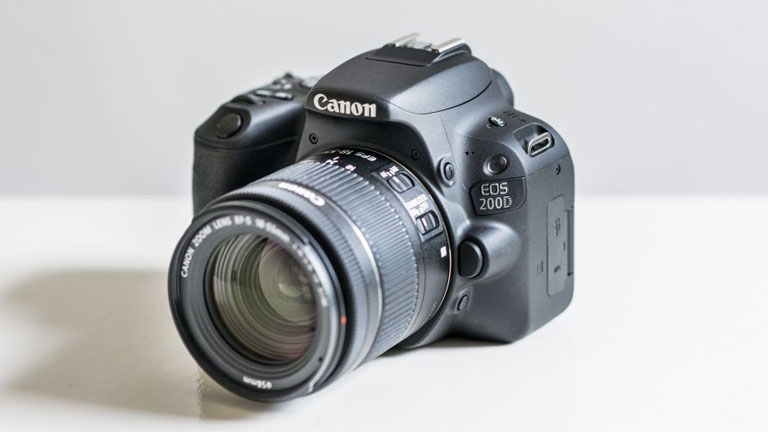
Canon introduced the EOS Rebel SL1 (EOS 100D outside the US) to compete with the influx of compact system cameras. It was the smallest DSLR available when it was introduced in March 2013. Now replaced by the EOS Rebel SL2 (EOS 200D), it's slightly bulkier proportions make it feel more like a slightly pared-down Rebel T7i / 800D than anything unique. It's not a bad option for new users, but there are better-value alternatives available at the moment.
Read our in-depth Canon EOS Rebel SL2 review / Canon EOS 200D review
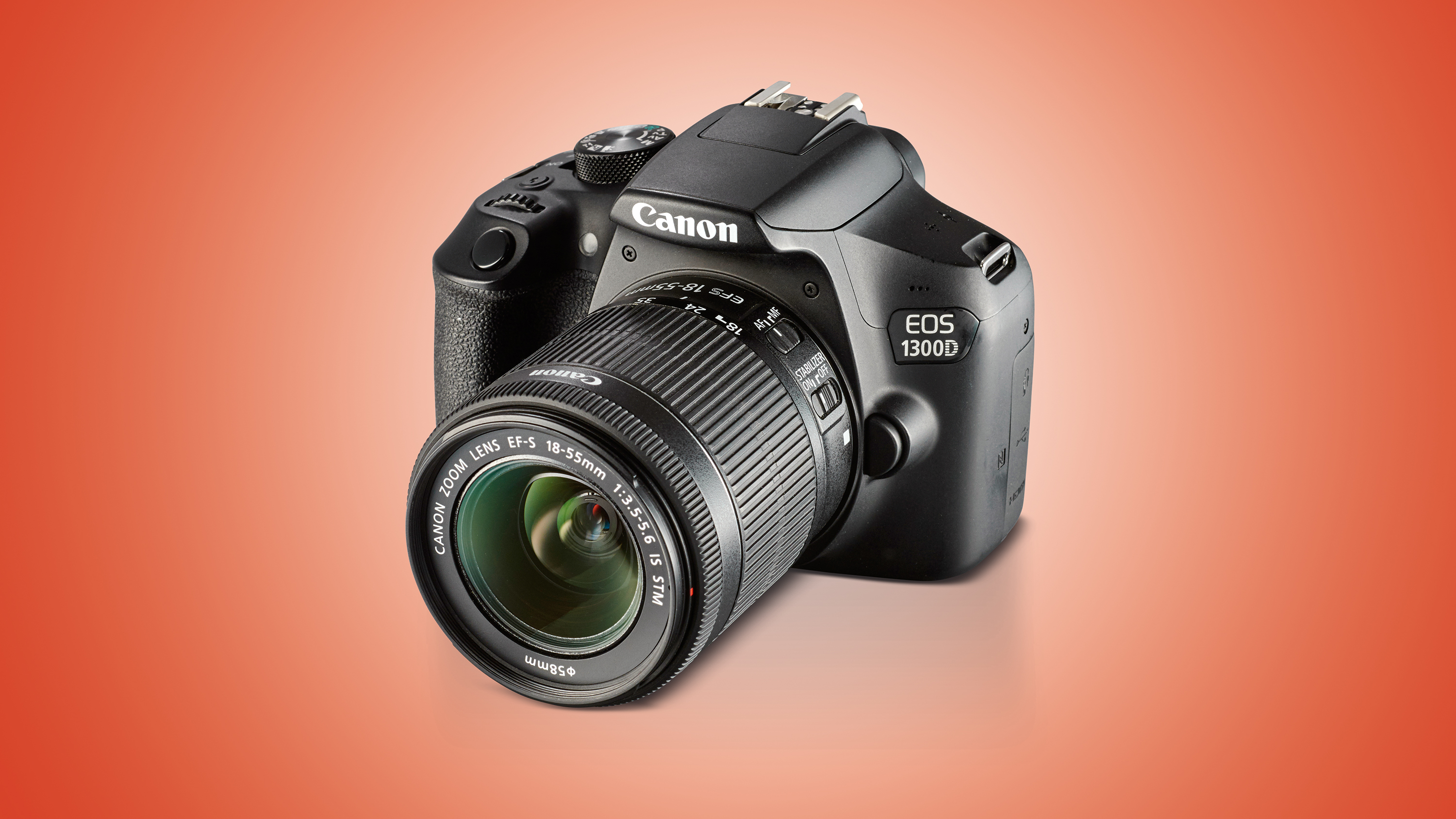
The EOS Rebel T6 (known as the EOS 1300D outside the US) uses the same sensor as the camera it replaces, the T5 / 1200D, but it has a newer processing engine and this enables it to produce slightly better quality images. In reality you’re unlikely to be able to spot much difference at normal image viewing sizes though, so it’s not a real biggie. Where the EOS Rebel T6 does score over the T5 though is the connectivity department; its got Wi-Fi and NFC technology built-in. This means you can transfer images to your smartphone for super-quick sharing. You can also use your phone to control the camera remotely, which is ideal for taking group shots with you in the frame. The screen has also been upgraded from a 3-inch 460K dot unit to one with 920K dots, which makes images look much sharper.
Read the full review: Canon EOS Rebel T6 / Canon EOS 1300D
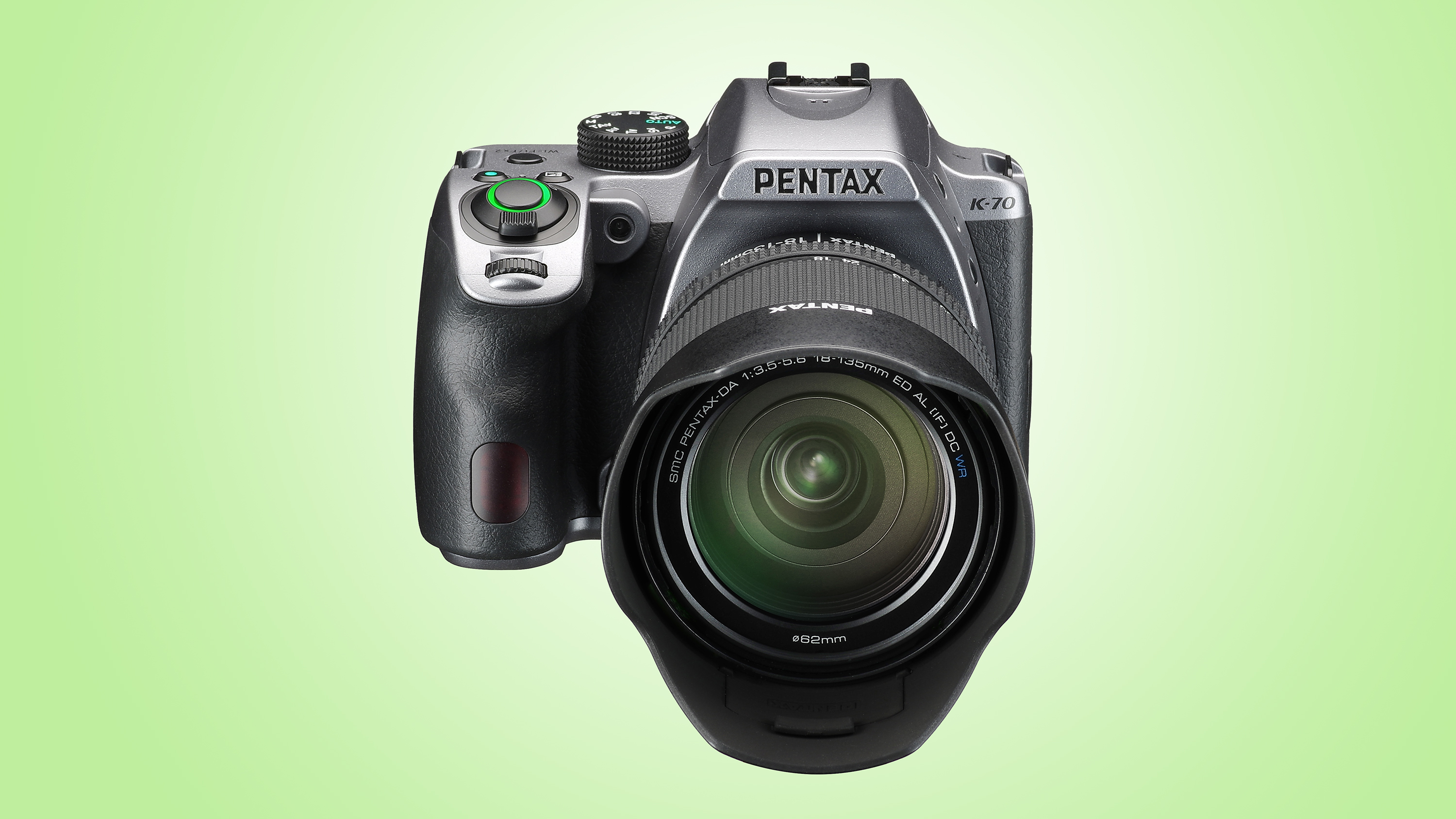
Pentax is renowned for producing DSLRs with maximum bang per buck, and the K-70 is no exception. Weatherproof DSLRs that are rain and dust resistant usually cost a packet, but the K-70 offers this protection at a reasonable so you can shoot in all conditions. Just remember that you'll have to partner it with more expensive WR (weather resistant) lenses to get the full benefit. Regardless of the lens you use, the new hybrid live view autofocus system – a first for Pentax – makes live view shooting an enjoyable and practical alternative to using the viewfinder. Pentax's in-camera Shake Reduction system cuts camera shake and can even correct slightly skewed horizons. The only reason the K-70 isn't higher on our list is Pentax's relatively restricted lens range.
Read the full review: Pentax K-70
Also consider…

Carrying a Micro Four Thirds sensor, the OM-D E-M10 Mark III might not sound impressive to the buyers, but, the image quality it delivers is really good. Its 5-axis image stabilisation reduces camera shake which allows users to click blur-free high-quality images.
The camera comes with a continuous shooting speed of 8.6fps and can shoot 4k videos. You can also transfer the files easily to your smartphone with the help of in-built Wi-Fi connectivity. These abilities make the Olympus OM-D E-M10 Mark III a perfect alternative for an entry-level DSLR.
Read the full review: Olympus OM-D E-M10 Mark III